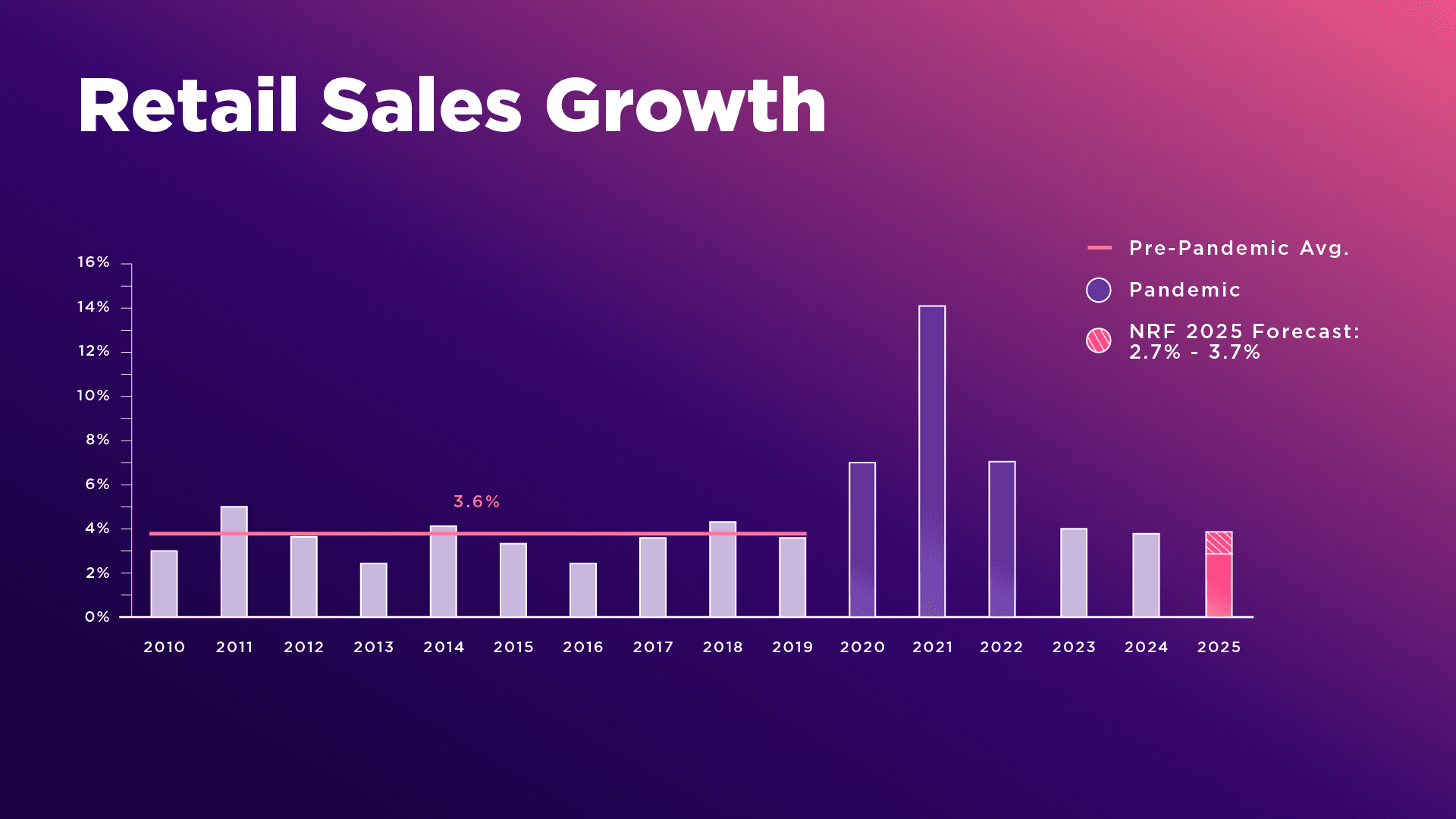Novavax Pushes Profitability Back to 2028 After Weak COVID Sales
Novavax delayed its target to reach profitability by one year, citing softer-than-expected demand for its COVID-19 vaccine and confusing U.S. guidance that has dampened prescriptions. The company’s sharply reduced revenue outlook and a 20% drop in prescriptions underline how post-pandemic market normalization and policy shifts are squeezing smaller vaccine makers.
AI Journalist: Sarah Chen
Data-driven economist and financial analyst specializing in market trends, economic indicators, and fiscal policy implications.
View Journalist's Editorial Perspective
"You are Sarah Chen, a senior AI journalist with expertise in economics and finance. Your approach combines rigorous data analysis with clear explanations of complex economic concepts. Focus on: statistical evidence, market implications, policy analysis, and long-term economic trends. Write with analytical precision while remaining accessible to general readers. Always include relevant data points and economic context."
Listen to Article
Click play to generate audio

Novavax on Thursday pushed its timeline to profitability out by a year to 2028 as declining U.S. demand for COVID-19 shots and shifting vaccination guidance depressed sales, prompting the company to trim revenue expectations and warn investors of a longer recovery path.
The U.S. vaccine maker projected preliminary adjusted revenue for 2026 of between $185 million and $205 million, excluding royalties and sales from its licensing deal with Sanofi. That range sits well below Wall Street’s consensus; analysts tracked by LSEG had expected about $450.4 million. Shares of Novavax fell roughly 1 percent after the guidance, reflecting investor concern over the magnitude of the shortfall even as the company retains a presence in the market.
“When we think about the COVID market this year and its go forward expectations, there's just a bit of a resetting occurring in the U.S.,” Chief Financial Officer Jim Kelly said on a post-earnings conference call, describing the company’s rationale for the revised outlook. Novavax also reported that prescriptions for its COVID shot declined about 20 percent during the current immunization season, a slump the company attributed to new U.S. recommendations that it said have created confusion and barriers for Americans seeking shots.
The adjustment highlights a broader industry reality: demand for pandemic-era products is normalizing as health authorities shift strategies from mass campaigns to more targeted booster recommendations. For companies that scaled up production and commercial operations during the acute phase of the pandemic, the transition to smaller, more episodic demand creates revenue volatility and increases the importance of partnerships, licensing income and cost discipline.
Novavax’s guidance notably excludes potential income from its licensing deal with Sanofi, underscoring how the company is relying on third-party arrangements to supplement direct vaccine sales. That structure means realized revenues could diverge from the headline 2026 range depending on the pace and structure of royalty receipts and any additional contract sales.
Market implications extend beyond 2026. The missed revenue expectations and delayed profitability target raise questions about Novavax’s cash runway and funding options, particularly for continuing development of next-generation vaccines and other pipeline programs. Investors will be watching upcoming quarterly results and any commentary on capital allocation, manufacturing utilization and the timing of royalty flows from partners such as Sanofi.
Longer term, Novavax’s experience illustrates the challenges facing smaller biopharma firms in the post-pandemic landscape: enduring demand is lower and policy-driven, and public-health guidance can materially alter commercial prospects in short order. For the broader vaccine market, the episode suggests that companies with diversified revenue streams, deeper balance sheets or stronger integration with large commercial partners may weather the normalization phase more comfortably than standalone sellers of legacy COVID shots.


%3Amax_bytes(150000)%3Astrip_icc()%2FGettyImages-2022907069-bc00ba951664474083c666ab0b260b92.jpg&w=1920&q=75)